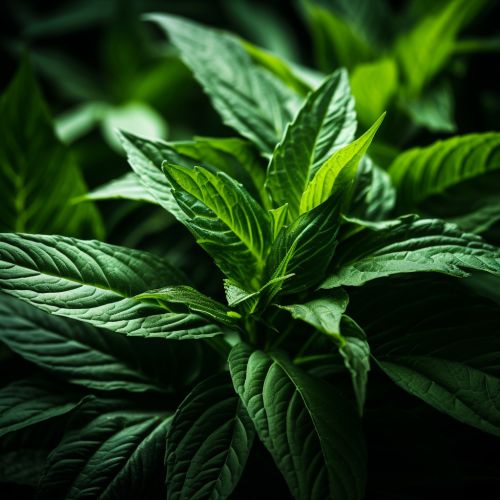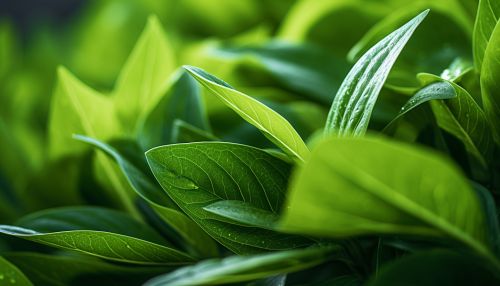Mechanisms of Plant Acclimation to High Light Environments
Introduction
Plants, as sessile organisms, have developed a wide range of mechanisms to acclimate to their environment. One of the most challenging environmental factors that plants have to contend with is high light intensity. High light can cause damage to the photosynthetic machinery, leading to reduced photosynthetic efficiency and potentially lethal photoinhibition. This article will delve into the various mechanisms that plants have evolved to acclimate to high light environments, including changes in leaf morphology, adjustments in photosynthetic machinery, and the production of protective compounds.
Leaf Morphology and Orientation
One of the first lines of defense against high light intensity is the modification of leaf morphology and orientation. Plants can alter the size, shape, and orientation of their leaves to reduce the amount of light absorbed. For example, plants growing in high light environments often have smaller, thicker leaves with a lower surface area to volume ratio, which helps to reduce light absorption and heat load. Additionally, some plants can orient their leaves parallel to the direction of incoming light to minimize light absorption. This phenomenon, known as heliotropism, is a common strategy employed by many plant species to avoid excessive light exposure.


Adjustments in Photosynthetic Machinery
In addition to morphological changes, plants also make adjustments to their photosynthetic machinery to acclimate to high light environments. One such adjustment is the regulation of light-harvesting complexes (LHCs). LHCs are responsible for capturing light energy and transferring it to the reaction centers of photosystem II and photosystem I. In high light conditions, plants can downregulate the amount of LHCs to prevent overexcitation of the photosystems and subsequent photodamage.
Another adjustment is the enhancement of non-photochemical quenching (NPQ), a process that dissipates excess light energy as heat. NPQ is mediated by the xanthophyll cycle, which involves the reversible conversion of violaxanthin to zeaxanthin. Under high light conditions, the conversion of violaxanthin to zeaxanthin is enhanced, which increases the capacity for NPQ and protects the photosystems from overexcitation.
Production of Protective Compounds
Plants also produce a variety of protective compounds to mitigate the damaging effects of high light. These include antioxidants such as ascorbate and glutathione, which can scavenge reactive oxygen species produced under high light conditions. Additionally, plants can synthesize sunscreen compounds such as flavonoids and anthocyanins, which absorb UV light and prevent it from reaching the photosynthetic machinery.
Furthermore, some plants produce heat-shock proteins in response to high light. Heat-shock proteins are a type of molecular chaperone that help to maintain protein structure and function under stress conditions. In the context of high light, heat-shock proteins can help to protect the photosynthetic machinery from light-induced damage.
Conclusion
In conclusion, plants have evolved a multitude of mechanisms to acclimate to high light environments. These include changes in leaf morphology and orientation, adjustments in photosynthetic machinery, and the production of protective compounds. Understanding these mechanisms is crucial for improving crop productivity in high light conditions and for predicting how plants will respond to future changes in climate.
